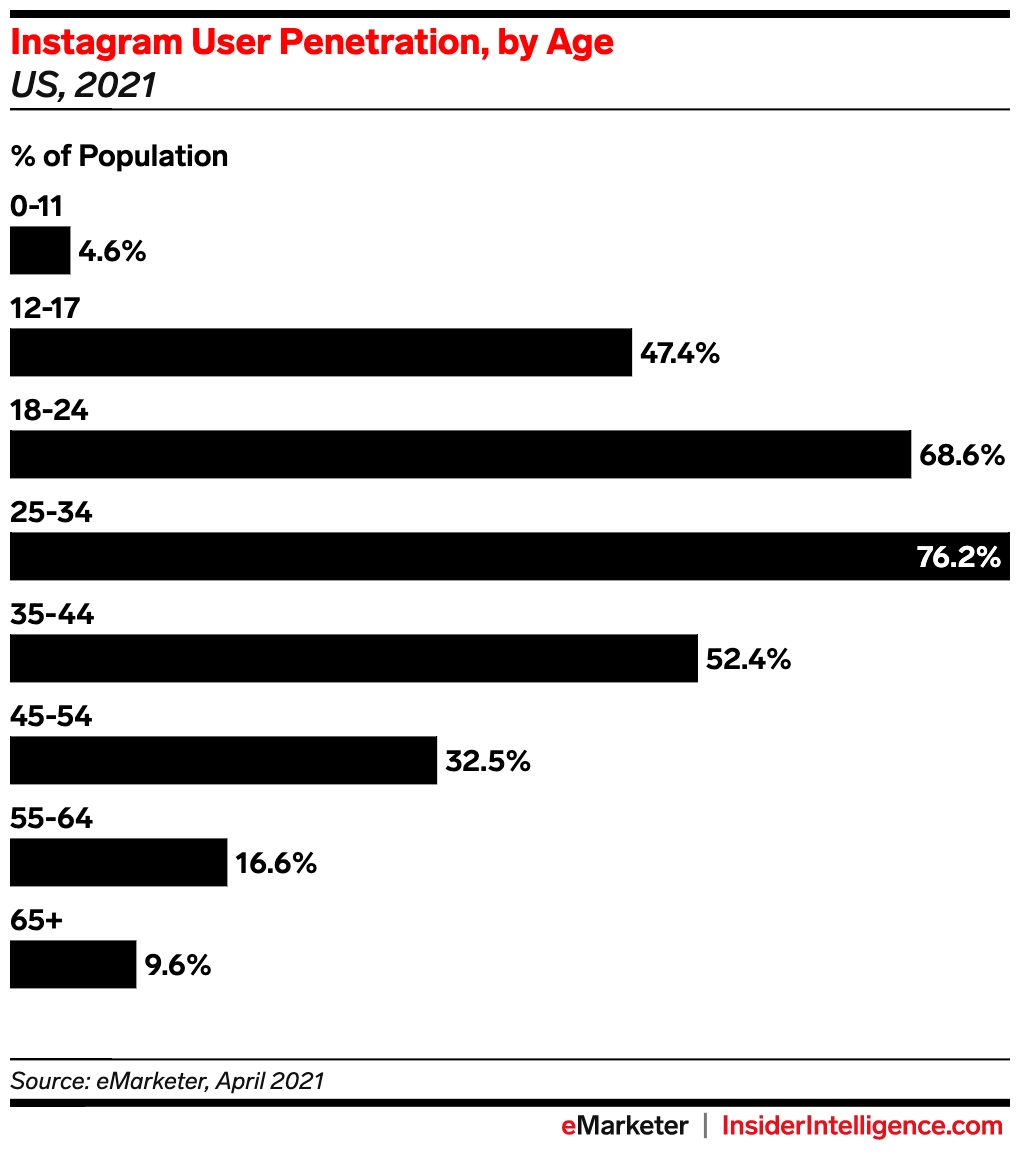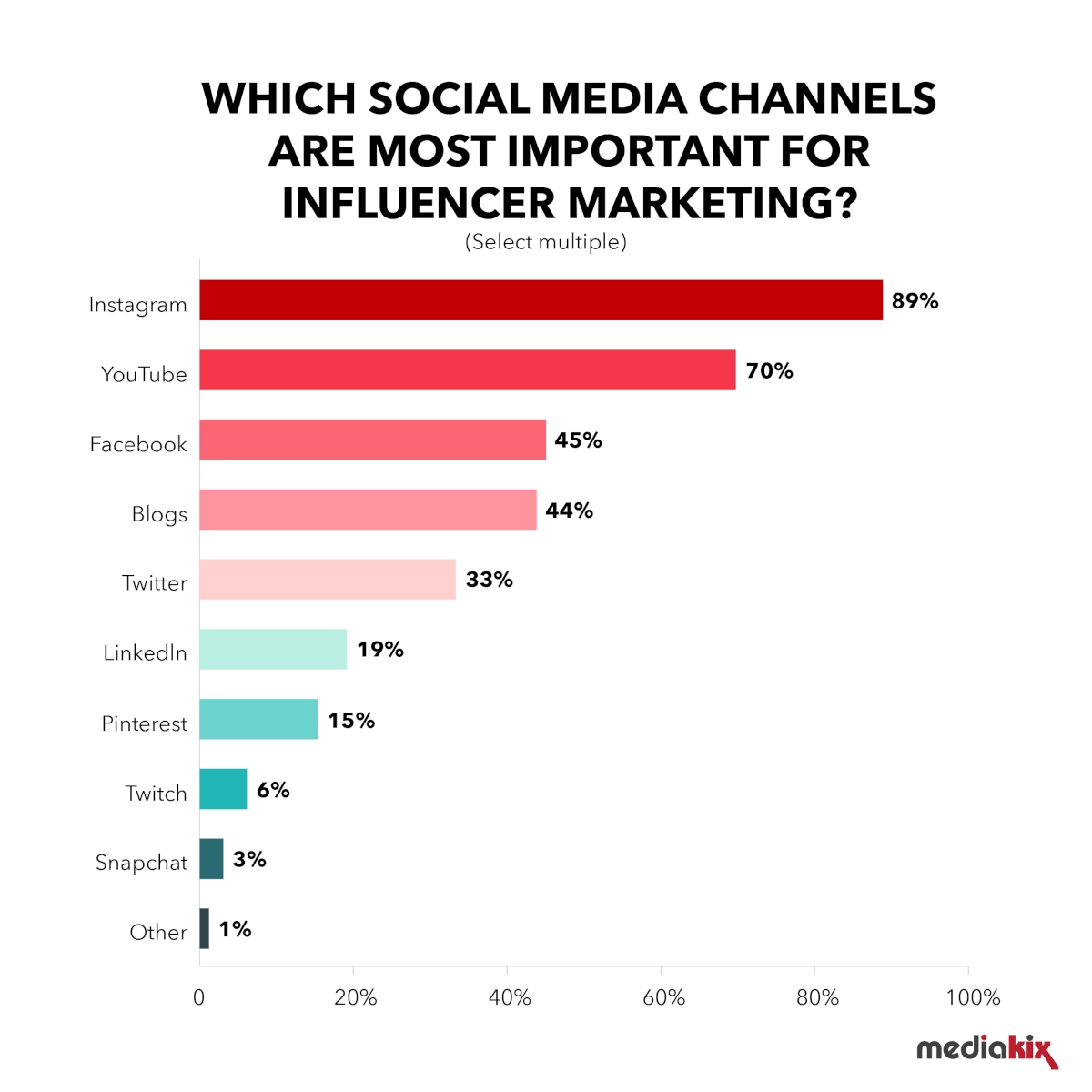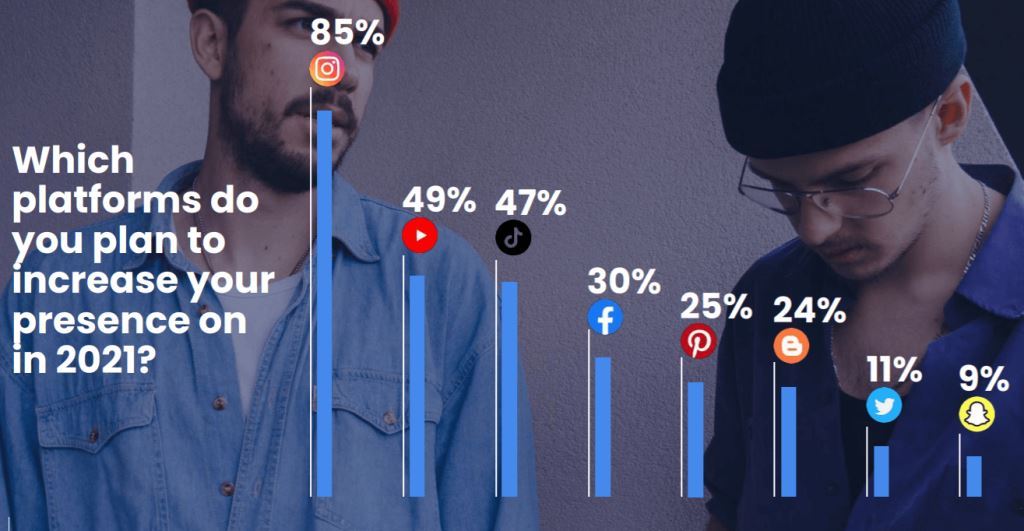YouTube generally pays more than Instagram for creators. YouTube’s monetization options, like ads and memberships, offer higher revenue potential.
Both YouTube and Instagram are popular platforms for content creators, each with unique monetization strategies. YouTube primarily uses ad revenue, allowing creators to earn money based on views and engagement. This platform offers various revenue streams, including Super Chats and channel memberships.
On the other hand, Instagram focuses on brand partnerships, sponsored posts, and affiliate marketing. While Instagram can provide quick payouts for collaborations, it often lacks the consistent revenue flow found on YouTube. Understanding these differences helps creators choose the right platform to maximize their earnings effectively.

Credit: www.youtube.com
Introduction To Social Media Monetization
Social media monetization is a game changer for creators. Platforms like YouTube and Instagram offer ways to earn money. Creators share content and build communities. Brands seek these influencers to promote their products. This creates a win-win situation. Understanding how monetization works is crucial.
The Rise Of Digital Influencers
Digital influencers are reshaping marketing. They connect brands with engaged audiences. Here are some key points about their rise:
- Authenticity builds trust with followers.
- Influencers can reach niche markets effectively.
- Social media offers instant communication.
- Visual content captures attention quickly.
Brands invest in influencers for better reach. Influencers create relatable content that resonates. This strategy boosts brand visibility and sales.
Comparing Youtube And Instagram Revenue Models
YouTube and Instagram offer different monetization paths. Below is a comparison of their revenue models:
| Feature | YouTube | |
|---|---|---|
| Ad Revenue | Earn from ads on videos. | No direct ad revenue. |
| Sponsorships | Popular creators get sponsorships. | Influencers partner with brands directly. |
| Merchandising | Creators sell merchandise. | Influencers promote products. |
| Subscriptions | Channel memberships for exclusive content. | No subscription model. |
Both platforms have unique benefits. YouTube offers ad revenue and subscriptions. Instagram focuses on brand partnerships and direct sales. Influencers choose platforms based on their audience.
Youtube Earnings Breakdown
YouTube offers various ways for creators to earn money. Understanding these methods helps creators maximize their income. Below, we explore the key earning opportunities available on YouTube.
Ad Revenue Essentials
YouTube’s primary income source is ad revenue. Creators earn from ads shown on their videos. Here are some important details:
- CPM (Cost Per Mille): The amount earned per 1,000 views.
- Ad types: Skippable ads, non-skippable ads, and bumper ads.
- Average CPM rates: Varies by niche and audience.
On average, CPM ranges from $1 to $10. Niche content often attracts higher rates.
Membership And Super Chat Features
YouTube offers special features for creators to earn more. These include:
- Channel Memberships: Viewers pay a monthly fee for perks.
- Super Chat: Fans pay to highlight their messages during live streams.
These features provide creators with consistent income. They also enhance community engagement.
Affiliate Links And Merchandise Sales
Creators can also earn through affiliate marketing and merchandise sales. Here’s how:
- Affiliate links: Earn commissions on products sold through links.
- Merchandise: Sell branded products like t-shirts and mugs.
These options diversify income streams. They allow creators to connect with their audience.
| Earning Method | Potential Income |
|---|---|
| Ad Revenue | $1 – $10 per 1,000 views |
| Channel Memberships | $4.99 monthly per member |
| Super Chat | Varies widely |
| Affiliate Links | 5% – 50% commission per sale |
| Merchandise Sales | Varies by product |
Instagram Earnings Breakdown
Instagram offers diverse ways for creators to earn money. Understanding these methods helps influencers maximize their income. Let’s explore the primary income sources available on Instagram.
Sponsored Content And Partnerships
Sponsored posts are a significant income source for many creators. Brands pay influencers to promote their products. Here’s how it works:
- Creators create engaging content featuring the brand.
- Brands pay based on the creator’s audience size.
- Payment varies widely, from $100 to $100,000 per post.
Influencers with large followings can earn substantial sums. Brands prefer influencers with high engagement rates. This ensures their products reach interested audiences.
Instagram Shopping And Affiliate Marketing
Instagram Shopping allows users to buy products directly from posts. This feature benefits both creators and brands.
Creators earn through affiliate marketing by promoting products. Here’s how it works:
- Influencers share unique affiliate links.
- They earn a commission for each sale made through the link.
- Commission rates can range from 5% to 20%.
This setup creates a win-win for everyone. Followers get trusted product recommendations. Influencers earn money by sharing their favorites.
Igtv Ads And Badges In Live
IGTV allows creators to monetize their longer videos. They can earn money from ads shown during their content. Here’s how it works:
- Creators must meet specific eligibility requirements.
- Ads are placed in IGTV videos, generating revenue for creators.
Badges in Live are another earning option. Followers can purchase badges during live streams. This directly supports creators. Badges cost between $0.99 and $4.99.
These features help creators diversify their income streams. Each method has unique benefits, making Instagram a lucrative platform.
Factors Influencing Earnings
Earnings on YouTube and Instagram depend on various factors. Creators can earn different amounts based on audience, content, and platform rules. Understanding these factors helps in maximizing revenue.
Follower Demographics And Engagement Rates
The demographics of followers play a crucial role. Brands prefer audiences that match their target market. Here are key points to consider:
- Age: Younger audiences attract brands targeting youth.
- Gender: Specific brands may focus on male or female demographics.
- Location: Brands often prefer followers in developed markets.
Engagement rates also matter. Higher engagement means more interaction with content. This boosts visibility and appeal to brands. A table below shows how engagement rates influence earnings:
| Engagement Rate | Potential Earnings |
|---|---|
| 1-3% | $100 – $500 |
| 4-6% | $500 – $1,000 |
| 7%+ | $1,000+ |
Content Niche And Marketability
The niche of content directly affects earnings. Some niches attract higher-paying brands. Popular niches include:
- Beauty and fashion
- Health and fitness
- Technology and gadgets
- Travel and lifestyle
Marketability is vital. Brands seek influencers who align with their image. Unique content can lead to partnerships with high-paying sponsors.
Platform-specific Algorithms
Algorithms on each platform impact visibility. YouTube rewards longer watch times. Instagram focuses on engagement. Here’s how each platform operates:
- YouTube: Promotes videos with higher watch times.
- Instagram: Favors posts with high likes and comments.
Understanding these algorithms can help creators increase their earnings. Adapting content for each platform is key.
Case Studies: Top Earners On Youtube And Instagram
Understanding who pays more, YouTube or Instagram, requires looking at real success stories. Both platforms showcase individuals who have turned their passions into profitable ventures. Let’s dive into some of the top earners and how they achieved their success.
Success Stories From Youtube
YouTube has produced several mega stars. These creators earn significant income through ads, sponsorships, and merchandise. Here are some notable examples:
- PewDiePie: Known for gaming content, he earns millions annually.
- MrBeast: Famous for extravagant challenges, his income skyrockets with each video.
- Rhett and Link: Their comedic content attracts large sponsorship deals.
| Creator | Estimated Annual Earnings | Primary Content Type |
|---|---|---|
| PewDiePie | $40 million | Gaming |
| MrBeast | $54 million | Challenges/Philanthropy |
| Rhett and Link | $20 million | Comedy |
Instagram Influencers Who Made It Big
Instagram has also seen influencers rake in huge profits. Brands invest heavily in influencer marketing. Here are some standout influencers:
- Kylie Jenner: Her posts drive massive sales for beauty products.
- Cristiano Ronaldo: His sponsored posts command high fees.
- Ariana Grande: Engaging content earns her significant brand deals.
| Influencer | Estimated Earnings per Post | Primary Niche |
|---|---|---|
| Kylie Jenner | $1.2 million | Beauty/Fashion |
| Cristiano Ronaldo | $1 million | Sports/Fitness |
| Ariana Grande | $800,000 | Music/Entertainment |
Both platforms offer exciting opportunities. YouTube and Instagram creators earn based on their engagement and niche. Success stories inspire many to explore these platforms.

Credit: grin.co
The Impact Of Audience Size And Engagement
Understanding the impact of audience size and engagement is crucial. Creators on YouTube and Instagram earn differently based on these factors. Audience size affects potential earnings. Engagement rates boost visibility and revenue opportunities.
Analyzing The Role Of Subscribers And Views
Subscribers on YouTube play a vital role in earnings. More subscribers lead to higher views. This directly impacts ad revenue.
- Subscribers: Indicate a loyal audience.
- Views: Represent how many times content is watched.
- Monetization: YouTube requires 1,000 subscribers for ad revenue.
Instagram, on the other hand, does not rely on subscriptions. Followers matter more. Brands often look for follower counts for partnerships.
| Platform | Subscribers/Followers | Monetization Requirement |
|---|---|---|
| YouTube | 1,000 Subscribers | Ad Revenue |
| Varies | Brand Partnerships |
The Power Of Likes, Comments, And Shares
Engagement metrics greatly influence earnings. Likes, comments, and shares show how much viewers interact. High engagement can attract brands.
- Likes: Indicate content popularity.
- Comments: Reflect viewer interest and feedback.
- Shares: Expand reach beyond followers.
On YouTube, engagement can boost video rankings. Higher rankings lead to more views. More views often mean more ad revenue.
Instagram engagement leads to brand collaborations. Brands prefer creators with high interaction rates. These metrics matter more than sheer follower counts.
Diversification Of Income Streams
Diversification of income streams is crucial for creators. Relying on one platform limits earning potential. Using multiple platforms can increase revenue. YouTube and Instagram both offer unique monetization options. Creators should explore both to maximize earnings.
Cross-platform Presence
Building a cross-platform presence helps creators reach wider audiences. Each platform attracts different users. A presence on both YouTube and Instagram boosts visibility. Here are key benefits:
- Wider audience reach
- Diverse content formats
- Increased brand partnerships
- Higher engagement rates
Many creators use YouTube for long videos. Instagram thrives on short, engaging content. This combination keeps followers interested. Regular cross-promotion drives traffic between platforms.
Leveraging Multiple Monetization Strategies
Leveraging multiple monetization strategies can maximize earnings. YouTube offers ad revenue, sponsorships, and memberships. Instagram provides affiliate marketing and brand collaborations. Here’s a comparison of monetization options:
| Platform | Monetization Strategies |
|---|---|
| YouTube |
|
|
Combining these strategies creates a robust income model. Creators can switch between platforms easily. This flexibility allows them to adapt to trends. Engaging content keeps audiences loyal.

Credit: grin.co
Challenges And Considerations
Both YouTube and Instagram present unique challenges for creators. Understanding these challenges is essential for maximizing income. Each platform has its own rules and market dynamics. Here, we will explore two key challenges: adapting to platform policy changes and coping with market saturation.
Adapting To Platform Policy Changes
Platform policies frequently change. These changes can impact earnings and content visibility.
- Algorithm Updates: Both platforms adjust their algorithms often. These changes can affect how content is shown to users.
- Monetization Rules: YouTube and Instagram have different monetization criteria. Understanding these is crucial for creators.
- Content Guidelines: Strict guidelines exist on both platforms. Violating these can lead to demonetization or bans.
Staying informed is vital. Creators should regularly review platform announcements. This helps avoid unexpected income drops.
Coping With Market Saturation
The influencer market is crowded. Many creators compete for the same audience. Standing out becomes increasingly difficult.
| Platform | Number of Creators | Average Engagement Rate |
|---|---|---|
| YouTube | Over 50 million | 1.5% – 5% |
| Over 25 million | 1% – 3% |
Strategies to cope with saturation include:
- Unique Content: Create distinct and engaging content.
- Niche Focus: Target specific audience segments.
- Collaboration: Partner with other creators to expand reach.
Understanding these challenges helps creators adapt. Staying flexible is crucial in this evolving landscape.
Conclusion: Maximizing Social Media Earnings
Understanding how to maximize earnings on YouTube and Instagram is essential. Both platforms offer unique opportunities. Creators need to adapt strategies for each to maximize income.
Strategic Content Creation And Branding
Creating engaging content is key. Focus on the following strategies:
- Know Your Audience: Understand what they like.
- Quality Over Quantity: Prioritize high-quality content.
- Consistent Posting: Keep a regular schedule.
- Use Trending Topics: Stay relevant to current trends.
Branding helps in building a loyal audience. Use these branding tips:
- Create a Unique Identity: Design a memorable logo.
- Engage Your Followers: Respond to comments and messages.
- Collaborate: Partner with other creators.
Future Trends In Social Media Monetization
Social media monetization is evolving. Key trends to watch include:
| Trend | Description |
|---|---|
| Short-Form Videos: | Platforms favor bite-sized content for quick engagement. |
| Live Streaming: | Real-time interaction boosts viewer loyalty. |
| Subscription Models: | Creators earn from followers directly through subscriptions. |
| Affiliate Marketing: | Earn commissions by promoting products. |
Stay informed about these trends. They will shape future earnings on social media.
Frequently Asked Questions
Who Earns More, Youtube Or Instagram Creators?
YouTube typically offers higher earnings for creators due to its ad revenue model. Influencers on Instagram rely more on brand partnerships, which can vary significantly. Overall, YouTube’s monetization options often lead to greater income potential for dedicated content creators.
What Factors Influence Earnings On Youtube And Instagram?
Earnings are influenced by audience size, engagement rates, and niche. YouTube creators earn from ads, sponsorships, and memberships. Instagram influencers generate income primarily through sponsored posts and affiliate marketing. A highly engaged audience can boost earnings on both platforms.
Is It Easier To Monetize Youtube Or Instagram?
Monetizing YouTube can be easier due to its structured ad revenue program. Creators must meet specific requirements to qualify. Instagram monetization often relies on securing brand deals, which can be competitive. Both platforms have unique challenges for aspiring influencers.
What Is The Average Payout For Youtube Creators?
The average payout for YouTube creators varies widely. On average, creators earn between $0. 01 to $0. 03 per view from ads. Factors such as niche, audience location, and engagement rates significantly affect earnings. Thus, income can range from a few dollars to thousands monthly.
Conclusion
Determining whether YouTube or Instagram pays more depends on various factors. Creators should consider audience size, engagement rates, and content type. Both platforms offer unique monetization opportunities. Ultimately, success on either platform requires dedication and strategy. Choose the one that aligns best with your goals for maximum earnings.
